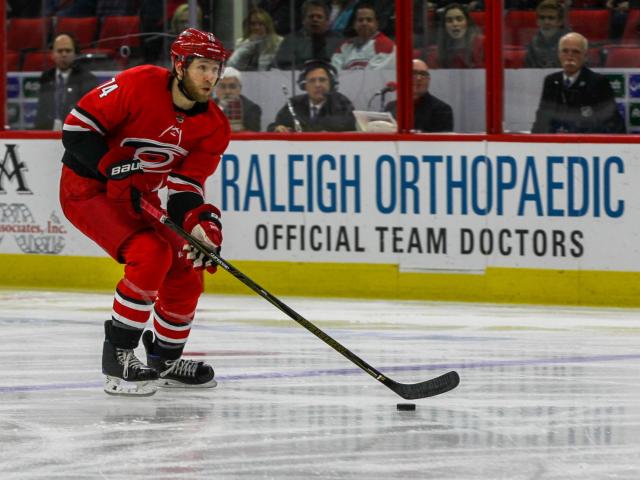Ice hockey is a fast-paced sport that requires a combination of speed, power and teamwork. As hockey players race back and forth, crashing into the sides of the rink and each other it’s inevitable that injuries occur.
Common injuries
Concussions are the most common injuries seen in hockey. However, other common hockey injuries include knee and shoulder injuries. More specifically medial collateral ligament (MCL) injuries for knee injuries; acromioclavicular (AC) joint and clavicle fractures for shoulder injuries.
Concussions
Concussions typically result from a direct blow to the head. These often occur when a player has his head down and the opposing player hits him with his elbow or shoulder. Most concussions don’t result in a loss of consciousness. Symptoms may be vague but any player who suffers a blow to the head and complains of dizziness, headaches, or nausea needs to be evaluated for a concussion.
Medial Collateral Ligament (MCL) Injury
Symptoms of an MCL sprain include knee pain on the inside of the knee and sometimes a feeling of instability. This is particularly noticeable in hockey players as they push off the inside edge of their skate placing an inward stress on the knee. Testing of stability of the MCL involves placing an inward force on the knee and feeling how much it “opens up”. This allows the physician to determine the grade of the sprain. An MRI can be obtained for more significant tears.
Acromioclavicular (AC) Joint Injury
Shoulder injuries are often the result of a direct blow to the shoulder with another player, the boards or ice. Most often seen are acromioclavicular (AC) joint injuries, or more commonly known as a shoulder separation and can be anything from a sprain of the joint to a complete tear of the involved ligaments. Players with AC joint injuries will have pain over the top of the shoulder, pain with elevating the arm above shoulder level and in more severe injuries, deformity at the AC joint. Tenderness and sometimes deformity at the AC joint or clavicle will be present on exam. X-rays can be obtained to demonstrate a clavicle fracture or AC joint separation.
Muscle Strains
Muscle strains around the hip are also common hockey injuries. Groin and hip flexor strains are commonly seen in hockey players due to the mechanics of the skating stride, quick movements and change of direction by the athlete. Not only can the injury be attributed to the action on the ice, but also underlying muscle imbalances can put athletes at higher risk for this type of injury.
Treatment
Depending on the seriousness of the injury and the treatment options the player can return to hockey anywhere between 24 hours and six weeks after injury. In very severe injuries, the athlete may not be able to return for the entire season. Most injuries can be treated with rest, ice and immobilization and do not require surgery.
Injury prevention
Wearing appropriate protective equipment can substantially reduce the risk of injury. Proper warm up, particularly stretching, can help prevent muscle strains of the hip.
You don’t have to be a Carolina Hurricanes player to receive professional care at Raleigh Orthopaedic Clinic. Learn more about sports medicine treatment at Raleigh Orthopaedic.
Schedule an appointment at Raleigh Orthopaedic Clinic
Your well-being is important to us. Raleigh Orthopaedic is Wake County’s oldest and most experienced orthopedic practice, serving the Triangle and surrounding regions of central North Carolina since 1919. Click the button below or call us at (919) 781-5600 to schedule an appointment with one of our orthopedic specialists. If your injury or condition is recent, you can walk right into one of our Raleigh Orthopaedic Urgent Care locations for immediate care. For rehabilitation and physical therapy, no referral is needed to see one of our physical therapists.
For your convenience, physical therapy is offered at eight Raleigh Orthopaedic locations throughout the Triangle.

